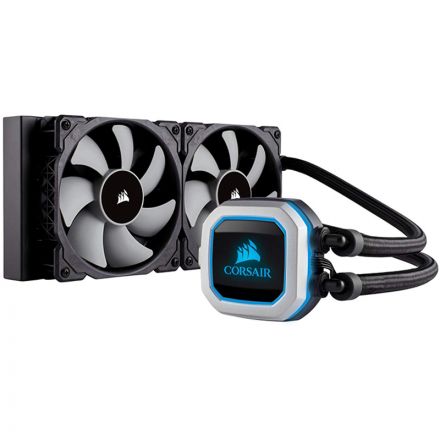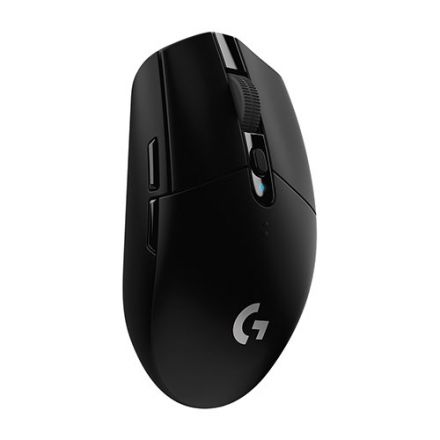This website uses cookies to ensure you get the best experience on our website. Read more


Posted: December 11, 2023
Virtual Reality (VR) has rapidly transformed from a futuristic concept into a tangible and immersive technology that is revolutionizing the gaming industry. As VR gains popularity, the demand for powerful hardware, particularly gaming CPUs (Central Processing Units), becomes increasingly vital. In this blog post, we will delve into the crucial role that gaming CPUs play in shaping the quality and performance of virtual reality experiences.
The Foundation of Virtual Reality:
At the heart of every VR experience is the hardware that powers it, and the CPU is a cornerstone of this foundation. Unlike traditional gaming scenarios, virtual reality demands significantly more processing power due to the need for real-time rendering of high-resolution, 3D environments. A robust gaming CPU is essential for handling the complex calculations required to create seamless and responsive VR environments.
Processing Power and Frame Rates:
One of the key factors in delivering a convincing VR experience is maintaining high frame rates. VR headsets typically operate at 90Hz or higher to ensure smooth motion and reduce the risk of motion sickness. Gaming CPUs, with their multi-core architectures and high clock speeds, are designed to handle the intense computational workload associated with rendering each frame in real-time. Without a powerful CPU, the risk of dropped frames and lag increases, compromising the immersive quality of the VR experience.
Parallel Processing and Multi-Core Architectures:
The demand for parallel processing is another reason gaming CPUs are pivotal in the VR landscape. VR applications require simultaneous computation of various tasks, such as tracking head movement, rendering graphics, and processing user inputs. Multi-core CPUs excel at dividing these tasks across multiple cores, allowing for efficient parallel processing and ensuring a smooth VR experience. As game developers continue to push the boundaries of VR graphics and interactivity, the ability of gaming CPUs to handle parallel workloads becomes even more critical.
Optimizing for VR Workloads:
To meet the unique demands of VR, gaming CPUs must be optimized for specific VR workloads. Some CPUs come equipped with features like simultaneous multithreading (SMT) or Hyper-Threading, which enhances multitasking capabilities and aids in the seamless execution of multiple VR-related tasks. Additionally, CPU manufacturers often collaborate with VR developers to fine-tune their hardware for optimal compatibility and performance.
Future Developments:
As VR technology continues to evolve, so too will the demands placed on gaming CPUs. The integration of artificial intelligence, improved graphics rendering techniques, and more sophisticated interactive elements will require even greater processing power. Gaming CPU manufacturers are likely to respond by developing CPUs with higher core counts, increased clock speeds, and enhanced architectural optimizations to keep pace with the evolving landscape of virtual reality gaming.
Conclusion:
In the ever-expanding realm of virtual reality, gaming CPUs stand as the unsung heroes that power immersive and lifelike experiences. Their ability to handle complex computations, parallel processing, and optimized VR workloads is integral to the success of VR gaming. As technology advances, it is clear that gaming CPUs will play a pivotal role in shaping the future of virtual reality, providing users with increasingly realistic and captivating experiences. As enthusiasts and developers alike continue to explore the possibilities of VR, the importance of a powerful gaming CPU cannot be overstated.














